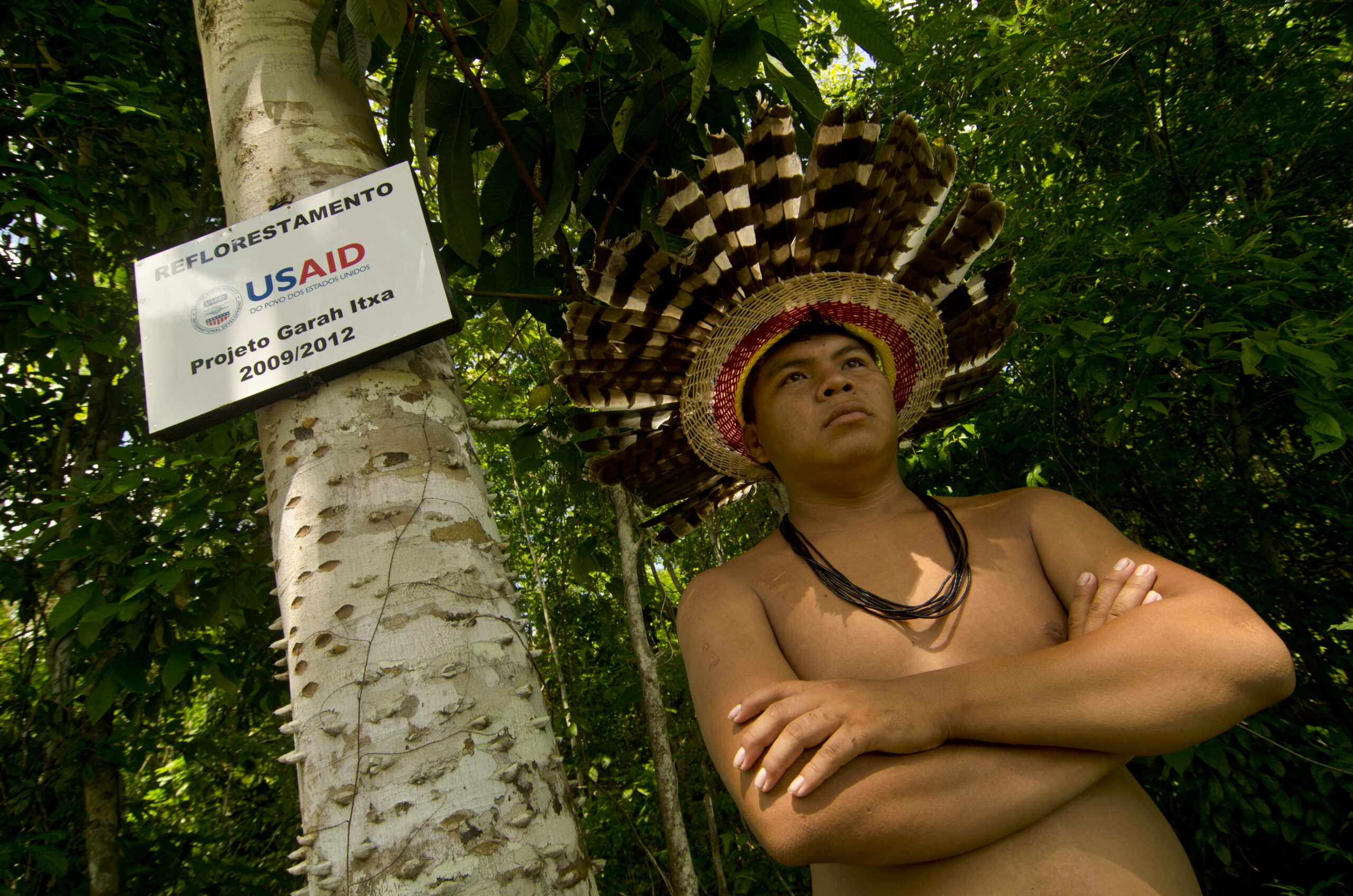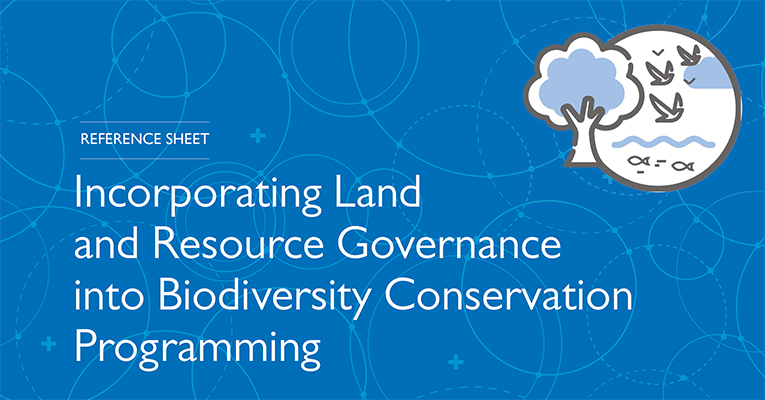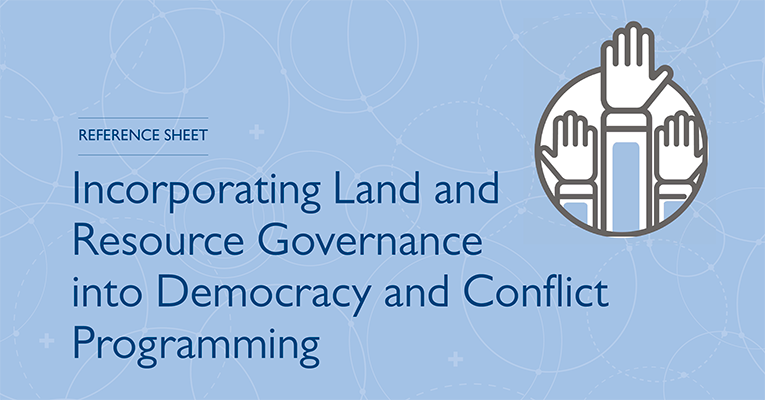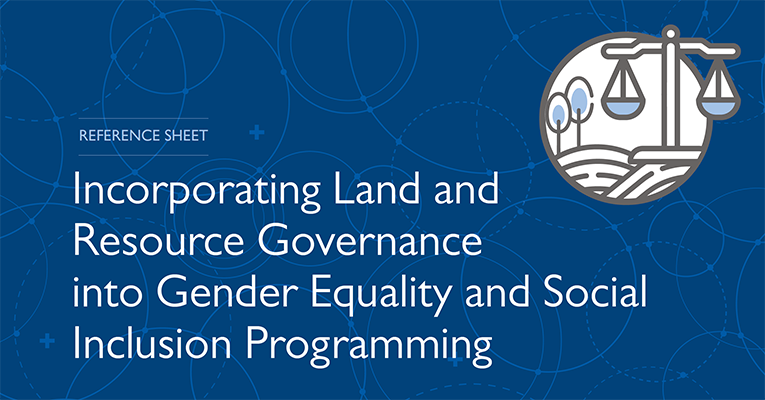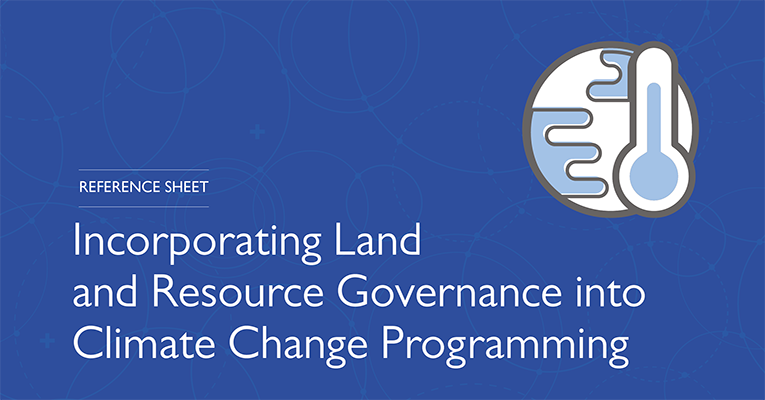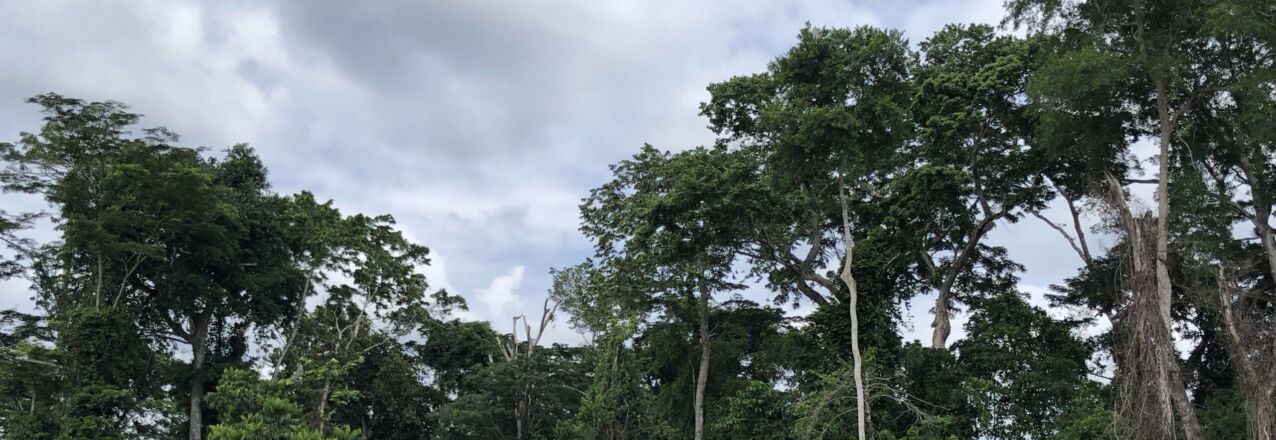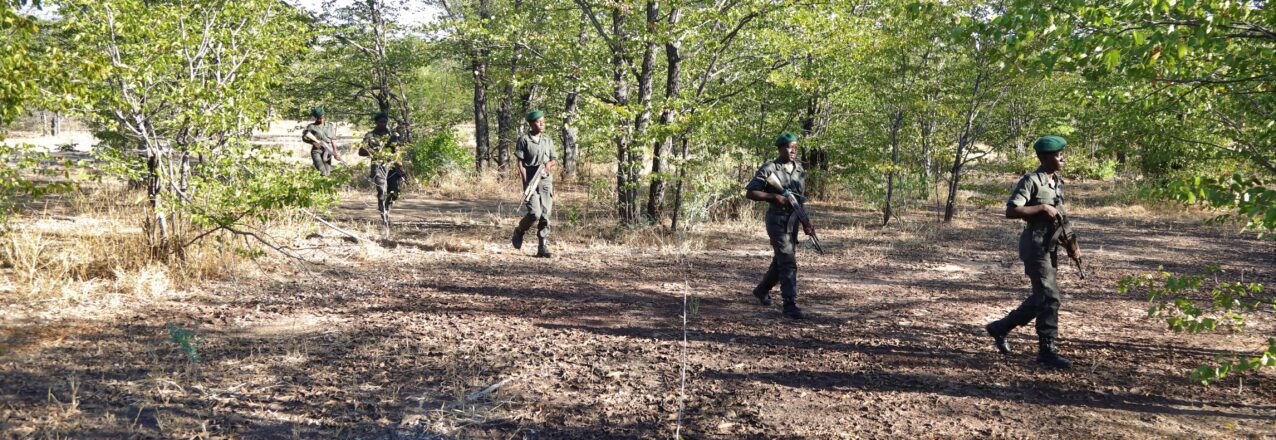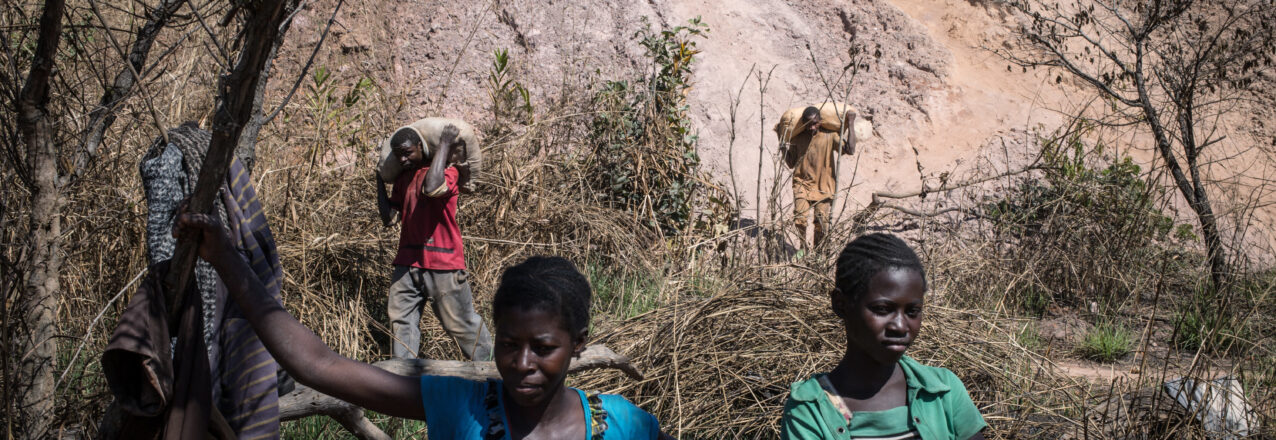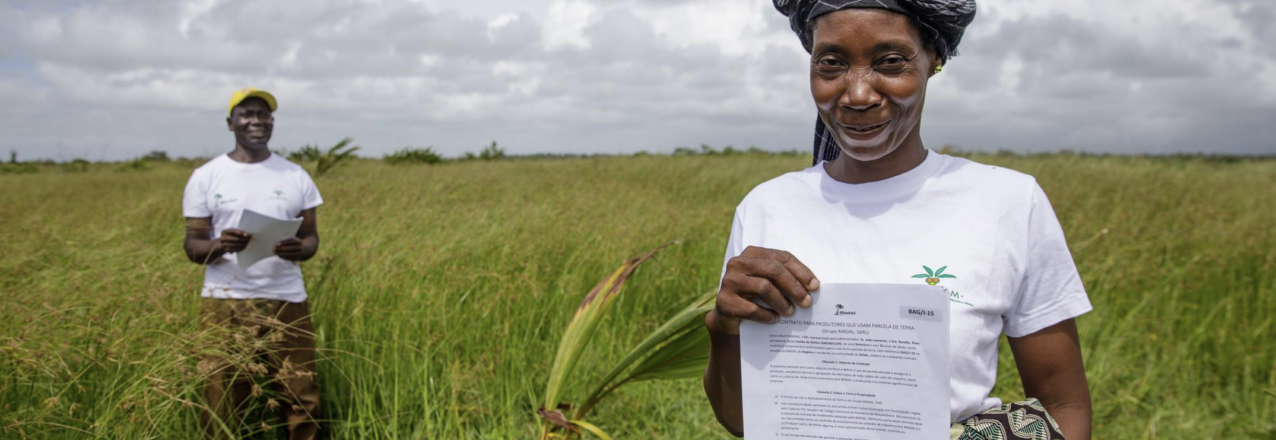Gender-based violence (GBV) is pervasive in the natural resource sector. Commissioned by the United States Agency for International Development (USAID), the 2020 groundbreaking study Gender-based violence and environment linkages: the violence of inequality by the International Union for the Conservation of Nature (IUCN) (Castañeda Camey et al., 2020) brought attention to the linkage between GBV and women’s access to and use of natural resources from forests and wildlife, as well as in conservation and anti-poaching efforts. This brief supports the growing evidence base around this link, highlighting multiple forms of GBV faced by women in natural resource governance committees and wildlife enforcement career pathways in Zambia. The goal of this brief is to raise awareness of GBV risks within the sector and identify mitigation responses by governments, civil society organizations, donors, the private sector, and communities.
The natural resource space is a growing economic sector in many developing countries, but it remains largely male dominated. Yet women’s participation in natural resource governance and enforcement can lead to improved conservation and socioeconomic outcomes. As they are frequently the main people responsible for collecting water, food, and fuel for their families, women have a strong vested interest in how natural resources are managed and bring unique knowledge and perspectives. A growing body of evidence shows that women’s participation in community resource governance brings benefits not only to women, but to their families, communities, and conservation efforts more broadly (see Beaujon Marin & Kuriakose, 2017; Leisher et al., 2016; Mwangi et al., 2011; Agarwal, 2009).
Women’s participation in the natural resource sector increases their income earning potential, through formal employment or sharing benefits from commercializing resources. This in turn can increase their decision-making power in the household and lead to improved spending on education, health, and nutrition. Involving women in governance and enforcement increases the adoption of sustainable practices that decrease pressure on forests and other resources. It also enhances rule compliance and dissemination of information through women’s formal and informal networks, often influencing others in the community to follow rules, be vigilant, and report intruders. Finally, as women hold a disproportionate share of caring responsibilities, their engagement in resource management instills a conservation ethic in children, contributing towards sustainable conservation in the future.
Despite the many benefits associated with greater gender equality in community resource governance and law enforcement, women remain largely excluded. Moreover, women’s engagement in these male-dominated spaces can lead to multiple forms of GBV. The relationship between GBV and natural resources has been increasingly documented and analyzed.
Following the 2020 IUCN study, USAID continues to fund research and innovative programming to better understand and address GBV in the environmental sector. The 2020 report showed how GBV can be used as a form of socioeconomic control to maintain or promote unequal and gendered access, ownership, use and control of natural resources like forests and wildlife. A subsequent gender assessment of the wildlife sector in Zambia carried out by the USAID Integrated Land and Resource Governance (ILRG) program found that women and girls are frequently exposed to physical, psychological, economic, and sexual violence when accessing and using resources (Malasha & Duncan, 2020). As combating wildlife and forestry crime becomes increasingly militarized, women face risks of physical and sexual violence perpetrated both by enforcement officers and poachers (Castañeda Camey et al., 2020). Finally, GBV risks are particularly high in community natural resource governance structures and law enforcement that remain highly male-dominated.
Gender-based violence (GBV) is any harm or potential of harm perpetrated against a person or group on the basis of their gender or gender identity. It includes several expressions of violence such as physical, psychological, and sexual abuse; threats; coercion; arbitrary deprivation of liberty; and economic deprivation of income, property, and resources. GBV affects women and girls disproportionately and is perpetrated by individuals, groups of individuals, or institutions. This violence happens in the household, workplace, schools, streets, and any other public or private space. GBV has direct and indirect, tangible and intangible consequences for individuals, households, communities, and society, constituting a major barrier to development outcomes.
The potential for GBV related to natural resource management is particularly increased when there are environmental stressors and threats that lead to scarcity of resources, and when there is potential for economic gain – for instance through management of government and private funding (e.g., from hunting licenses) and through illegal wildlife trade. Women are often exposed to GBV risks as enforcement institutions use them in sting operations to attempt to obtain information about trespassers and poachers. Women who manage to break into the male-dominated field of wildlife or forestry enforcement are particularly at risk of experiencing GBV on the job (Castañeda Camey et al., 2020).
Women holding positions in natural resource governance and enforcement can also experience violence at the household level and in the broader community, as they are perceived to challenge gender norms about roles considered appropriate for men and women. When norms are being challenged without the engagement and sensitization of men and the broader community, it can lead to backlash. Women’s empowerment in the natural resource sector may lead to increased physical and psychological abuse as men attempt to re-establish control over natural resource management (Haberern, 2021).
As is the case in many countries, experiences of GBV are widespread in Zambia. According to the 2018 Zambia Demographic and Health Survey, 36 percent of women have experienced physical violence at least once since the age of 15 and 32 percent of ever-married women have experienced controlling behaviors by their husbands (Zambia Statistics Agency et al., 2019). Despite the adoption of the Anti-Gender-Based Violence Act in 2011, GBV is deeply rooted in wider gender inequality and remains pervasive and tolerated, especially in rural areas (Malasha & Duncan, 2020).
Despite the risks, women continue striving to enter and remain in the sector. Given how many women still want to play a role in natural resource management (and the downstream environmental and community benefits from greater women’s involvement), the USAID ILRG program has been working with stakeholders to raise awareness of and, critically, to mitigate the risks of GBV so these women can continue to be effective agents for change in their communities. Over the past several years, ILRG has been working with government institutions and a range of civil society and non-governmental organization (NGO) stakeholders to increase women’s participation in the wildlife and forest management sectors in Zambia, both as elected members of community governance committees and as wildlife enforcement officers.
ILRG used findings from the gender assessment of the wildlife sector in Zambia and the IUCN report to inform program design and generate awareness within the sector of the critical need to develop mitigation strategies to reduce GBV risks while empowering women in wildlife governance and law enforcement. In addition to raising awareness about the benefits of greater women’s participation in the natural resource sector and the risks of GBV with community members and traditional leaders, ILRG has worked to equip women with the technical and socioemotional skills to meaningfully participate in their new roles. The project has also provided newly elected male and female community governance committee members and wildlife scouts with training on gender equality and social inclusion, including a unit on GBV risks and mitigation efforts and information on GBV referral pathways.
As part of this continued follow-up and support for partner organizations and women leaders, ILRG collected qualitative data and case studies about GBV experiences from women committee members and women wildlife scouts. These were not necessarily women with whom ILRG directly worked and supported but a broader sample of women leaders working in the natural resource space. The interviews were used to inform future work on GBV and to give a snapshot of sector-wide dynamics, both within and outside of ILRG-supported engagements. This continued collection and analysis of evidence on the relationship between women’s participation in the natural resource sector and GBV is critical to further advance stakeholder awareness, inform GBV-responsive programming, and draw lessons learned and best practices that can be applied in Zambia and other countries.
The brief identifies the forms of GBV faced by women in wildlife community governance roles and in wildlife law enforcement, describing how violence occurs both in private and public spaces, perpetrated by different people and institutions. These stories illustrate the inherent challenges that come with women entering traditionally male-dominated spaces, and the backlash they sometimes face within the household, community, and institutions. The brief also describes how the USAID ILRG program has worked to mitigate these GBV risks while empowering women to take on leadership positions in natural resource governance (throughout the brief and in the conclusions and recommendations at the end). The findings have helped inform further ILRG program adaptation and recommendations for donors and agencies working to promote women’s participation in the natural resources space, highlighted in the final section of this brief.
The individuals mentioned have given their consent to have their stories shared; their names and other potentially identifying information have been omitted/changed for their privacy and safety. The photograph used does not depict any of the women or specific events described in the document.


